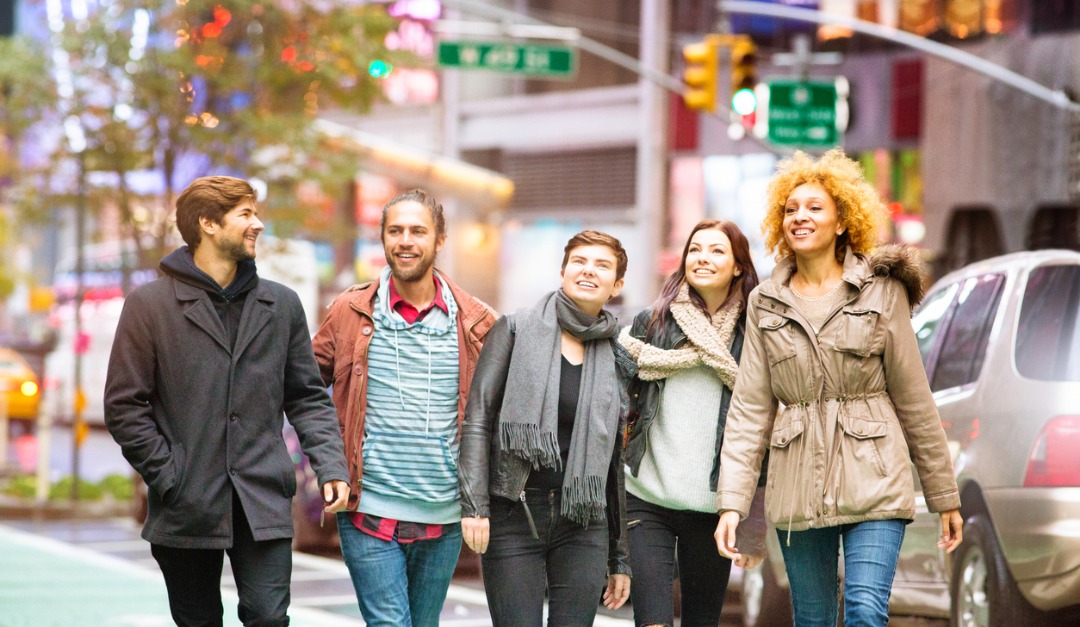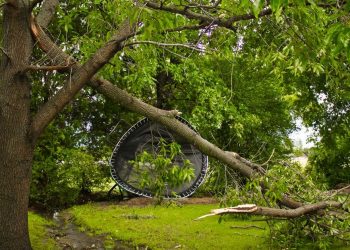As newly minted millennials start having children and settling down, they’ve established their own version of moving to the suburbs. As explained in Emerging Trends in Real Estate 2020, recently released by PwC and the Urban Land Institute, millennials are purchasing real estate in “cool” metro areas outside of the city center, or as these communities are referred to in the report, “hipsturbias.” Brooklyn was, of course, the trailblazer of this trend that’s now being seen across the country as luxury real estate, emerging into neighborhoods that went unnoticed by high-end buyers just a few short years ago.
If you’re wondering what exactly it is that’s driving real estate prices in these select areas, here are a few key characteristics that the report identifies as appealing to well-heeled millennials.
Live/Work/Play
For a generation with a large number of freelance and remote workers, development communities that utilize the live/work/play formula have played a major role in luring young and wealthy individuals outside of the downtown area. Modern amenities like co-working spaces, fitness centers and recreational areas are key to this demographic, which places great emphasis on the value of their time and wellbeing.
Vibrant Downtowns
Although they’re leaving the city center, millennials still want a community with its own vibrant downtown area that boasts a wealth of dining, shopping and entertainment options. Basically, they’re looking for a middle ground between the cultural advantages of a city and the open space of the suburbs.
Walkability & Accessibility
As an eco-friendly and health-conscious generation, millennials have a strong desire to be in neighborhoods where they can walk or bike as a practical way of getting around. At the same time, a key feature shared among “hipsturbias” is having public transit that allows for easy access to the center of the nearby city. These young and affluent homebuyers still want to feel connected to the hub and all that it has to offer.











